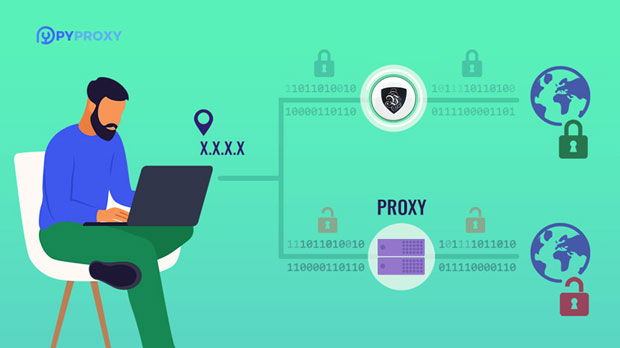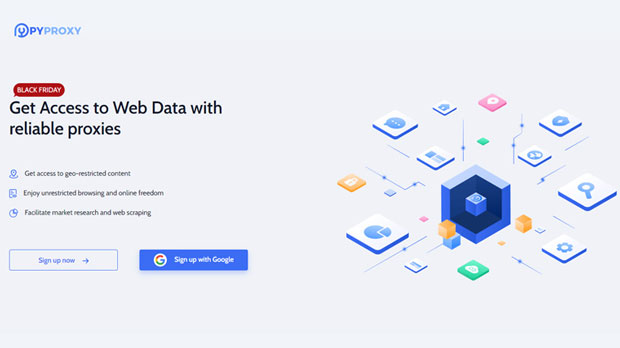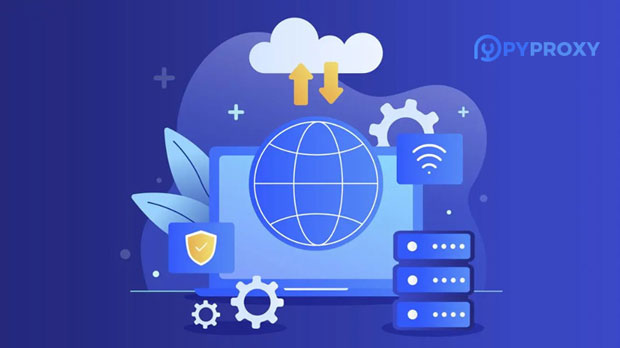Are there any free SOCKS5 proxy services that you would recommend?
When it comes to internet privacy and security, proxies are often considered a viable solution. socks5 proxies, in particular, offer benefits like anonymity and improved connection stability. However, many users are looking for free services, assuming they can find the same level of protection without the cost. This leads to the question: is there any free socks5 proxy service worth recommending? While it may be tempting to look for free solutions, the reality is more nuanced. Free SOCKS5 proxies can pose significant risks in terms of privacy, security, and performance. In this article, we will explore the advantages and drawbacks of free SOCKS5 proxies, the potential dangers, and whether it's worth considering them for specific use cases. What is SOCKS5 Proxy?A SOCKS5 proxy is a protocol that allows for the routing of internet traffic through a third-party server. Unlike HTTP proxies, which are limited to web traffic, SOCKS5 can handle any type of internet traffic, including torrenting, gaming, or even email. It works at a lower level in the internet stack, providing more flexibility and allowing for a more secure connection. SOCKS5 proxies also support authentication, making them a good option for those who need an extra layer of security. Advantages of SOCKS5 ProxyOne of the most attractive features of SOCKS5 proxies is their ability to handle various types of internet traffic, not just web-based traffic. For example, if you're engaging in peer-to-peer (P2P) activities, such as torrenting, SOCKS5 can provide a stable connection with minimal interference. Additionally, the anonymity that SOCKS5 offers is a major draw for many users, as it can mask your IP address and make your online activities harder to trace. Another significant advantage is that SOCKS5 proxies generally do not limit the bandwidth of your internet connection. Many other proxy types can slow down your browsing speeds, but SOCKS5 typically allows for faster, more consistent speeds, especially for activities like streaming or gaming.The Drawbacks of Free SOCKS5 ProxiesWhile the prospect of free SOCKS5 proxies is appealing, there are several significant drawbacks to using such services. First and foremost is the issue of security. Free proxies often do not have the same level of security as paid options. They may lack encryption or may expose your data to malicious third parties. When you're using a proxy, you're essentially trusting that third-party server to keep your data private, and free services might not have the resources or incentive to provide adequate protection.Another drawback is the risk of slow speeds or unreliable connections. Free SOCKS5 proxies often have limited bandwidth or a higher number of users sharing the same server, which can lead to slower speeds and inconsistent performance. For activities like streaming, online gaming, or torrenting, this can be particularly frustrating.Privacy Risks with Free SOCKS5 ProxiesThe most critical concern with free SOCKS5 proxies is the lack of privacy. Many free proxy services are known to log user data, such as browsing history, IP addresses, and other personal information. This data may be sold to third-party companies or even used for malicious purposes. In extreme cases, free proxies may be set up specifically to harvest personal data from unsuspecting users. For this reason, using a free socks5 proxy can put your privacy at serious risk.Even if a free proxy service promises not to log user data, there is still the risk of data leakage. Without strong encryption and robust security measures, it’s possible that sensitive data, such as login credentials or financial details, could be intercepted. Performance Issues with Free SOCKS5 ProxiesPerformance can also be a major issue with free SOCKS5 proxies. As mentioned earlier, many free proxies have bandwidth limitations, which can result in slower speeds and interruptions in service. For users who rely on proxies for tasks like gaming or streaming, these slowdowns can ruin the experience.Additionally, free SOCKS5 proxies often do not offer reliable uptime. Servers may be frequently taken down for maintenance, or they may be overloaded with too many users, leading to frequent disconnects or slow performance. In short, free SOCKS5 proxies often lack the stability and reliability that paid services can provide.When Might a Free SOCKS5 Proxy Be Worth Considering?Despite the numerous risks and drawbacks, there are situations where using a free SOCKS5 proxy may still be worth considering. For instance, if you only need a proxy for casual browsing or accessing geo-restricted content occasionally, a free proxy might suffice, provided you're aware of the risks. However, this should only be done with caution, and users should avoid logging into sensitive accounts or accessing confidential information while using a free proxy.Free SOCKS5 proxies might also be acceptable for non-critical use cases, such as basic web scraping or bypassing certain website restrictions without much concern for privacy. In these scenarios, a free proxy might work well enough, but users should always be prepared for slower speeds and potential service interruptions.Alternatives to Free SOCKS5 ProxiesFor those who require more reliable performance and better security, paid SOCKS5 proxy services are generally the best option. Paid services offer enhanced privacy protections, more consistent speeds, and better overall reliability. When you pay for a service, you’re more likely to get better customer support and guaranteed uptime, which is especially important for tasks that require stability, such as gaming or business-related activities.Another option for users who need more security and privacy is using a Virtual Private Network (VPN). A VPN can encrypt all of your internet traffic and provide a similar level of anonymity, while often being more secure than a proxy. Many VPN providers offer SOCKS5 proxy as part of their service, allowing users to enjoy the benefits of both a VPN and a proxy.ConclusionIn conclusion, while free SOCKS5 proxies may seem like a tempting option, they come with significant risks and limitations. Security concerns, slow speeds, and privacy issues make them a less-than-ideal choice for users who need reliable, secure connections. If your goal is to maintain privacy and enjoy stable, fast internet speeds, investing in a paid service is likely the best approach. However, for casual, non-sensitive use cases, free SOCKS5 proxies may still serve their purpose, provided you are cautious and understand the potential risks involved. Ultimately, the decision to use a free SOCKS5 proxy depends on your specific needs, but it is essential to weigh the risks against the benefits before making a choice.
2025-02-21

























































